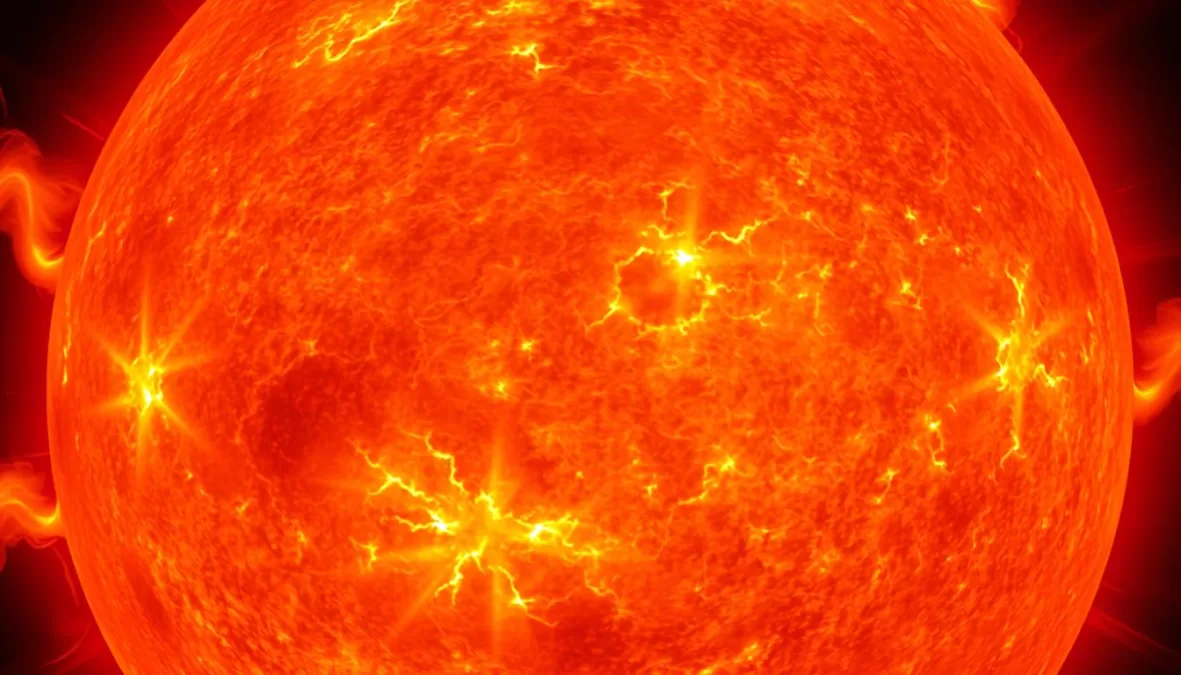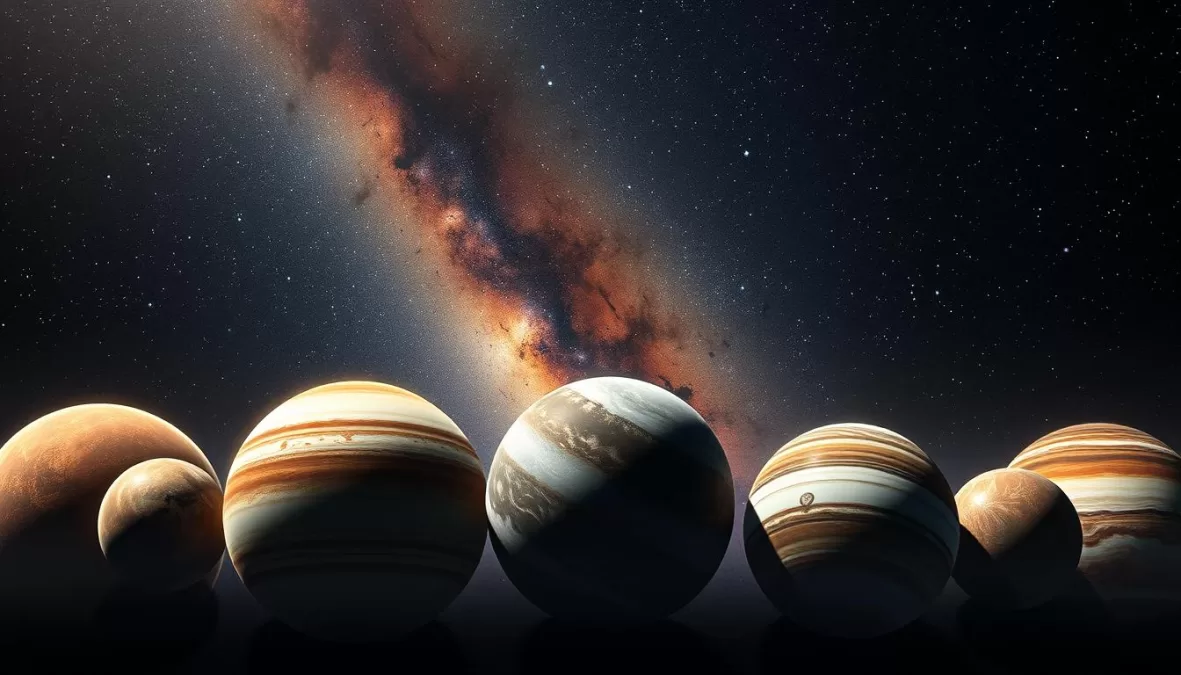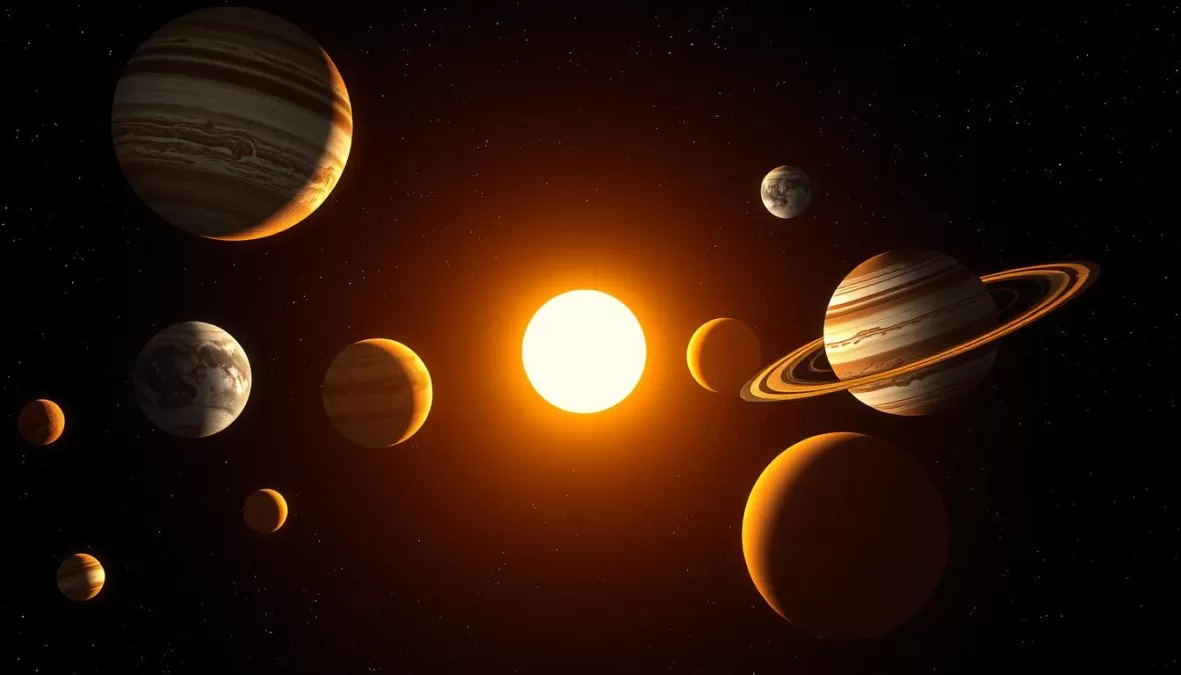The solar system has always fascinated humans, from students to space enthusiasts. Understanding our cosmic neighborhood is crucial for educational purposes and general knowledge.
This article aims to answer the most commonly asked questions about the solar system, covering various aspects from the sun to the planets and other celestial objects. These questions are frequently asked in exams, quizzes, and general knowledge tests.
We will provide clear, concise answers based on current scientific understanding, previewing the categories of questions that will be covered in the subsequent sections.
Key Takeaways
- Understand the basics of the solar system
- Learn about the different planets and their characteristics
- Discover the importance of the sun in our cosmic neighborhood
- Get answers to frequently asked questions about the solar system
- Enhance your knowledge for exams and quizzes
Understanding Our Cosmic Neighborhood
Understanding our cosmic neighborhood is crucial to unraveling the mysteries of the universe. The solar system is a complex and fascinating place, consisting of the Sun, eight planets, dozens of moons, millions of asteroids, comets, and meteoroids.
The Formation of Our Solar System
The solar system was formed from a giant cloud of gases called a Nebula. The force of gravity played a crucial role in creating the Sun and the planets from this cloud. Over time, these celestial bodies began orbiting the Sun due to its gravitational pull.
Key Components of the Solar System
The solar system comprises various key components. The eight recognized planets are Mercury, Venus, Earth, Mars, Jupiter, Saturn, Uranus, and Neptune. These planets are classified into inner terrestrial planets and outer gas giants. The asteroid belt between Mars and Jupiter contains millions of asteroids. The Kuiper Belt and Oort Cloud are the outer regions of our solar system. Many planets have moons, which are significant in understanding the solar system’s structure. Asteroids and comets are also vital components, offering insights into the solar system’s formation.
Top 10 Questions About Solar System With Answers
As students prepare for various tests, having a solid knowledge of the solar system becomes essential. The solar system is a fascinating topic that not only sparks curiosity but also forms the basis of many questions in academic settings.
How Scientists Study the Solar System
Scientists study the solar system using a variety of methods, including spacecraft, telescopes, and theoretical models. By exploring the solar system, scientists can gain insights into its formation and evolution. This knowledge is crucial for understanding our place in the universe.
Why These Questions Matter
Understanding the solar system is vital for students as it connects to other scientific disciplines like physics, chemistry, and geology. Moreover, knowledge of the solar system provides context for current space exploration efforts and represents fundamental knowledge that forms the basis for more advanced astronomical studies.
The importance of understanding basic facts about our solar system cannot be overstated. It not only helps students perform well in tests but also sparks curiosity and interest in science. Here are some key reasons why these questions matter:
- Enhances understanding of our cosmic neighborhood
- Provides foundational knowledge for advanced studies
- Connects to other scientific disciplines
- Contextualizes current space exploration efforts
To illustrate the significance of solar system knowledge, let’s consider its relevance in various academic tests. The table below highlights how different aspects of the solar system are covered in various competitive exams:
| Aspect of Solar System | Relevance in Tests | Importance for Students |
|---|---|---|
| Planetary Order | Frequently asked in science quizzes | Essential for understanding the solar system’s structure |
| Characteristics of Planets | Common in astronomy sections of exams | Critical for comparative analysis of celestial bodies |
| Solar Eclipses | Often featured in general knowledge tests | Helps in understanding rare celestial events |
Questions About the Sun and Earth
The Sun and Earth are two of the most fascinating bodies in our solar system, and there are many questions surrounding them. The Sun is the center of our solar system, and its energy is crucial for life on Earth.
What Part of the Sun Is Visible to Humans?
The part of the Sun visible to humans is the photosphere, which is the layer of the Sun’s atmosphere that we can see. It’s the source of sunlight and is the layer that emits the most light.

How Long Does Sunlight Take to Reach Earth?
Sunlight takes approximately 8 minutes and 20 seconds to reach Earth. This delay is due to the vast distance between the Sun and our planet, which is about 93 million miles (149.6 million kilometers).
What Causes Solar and Lunar Eclipses?
Solar and lunar eclipses occur when the Earth, Sun, and Moon align in a specific way. A solar eclipse happens when the Moon passes between the Sun and Earth, casting a shadow on our planet. A lunar eclipse occurs when the Earth passes between the Sun and Moon, blocking the sunlight that normally reflects off the Moon’s surface.
What Is the Deepest Point on Earth?
The deepest point on Earth is the Mariana Trench, located in the western Pacific Ocean. The Challenger Deep, the lowest point in the trench, reaches an astonishing depth of approximately 10,994 meters (36,070 feet) below sea level. This extreme depth creates enormous pressure and cold temperatures, making it one of the most inhospitable environments on the planet.
Exploring the Planets of Our Solar System
Exploring the planets of our solar system reveals a complex and intriguing universe, full of mysteries waiting to be unraveled. The study of these celestial bodies not only expands our knowledge of the cosmos but also provides insights into the formation and evolution of our solar system. By examining the diverse range of planets, from gas giants to rocky worlds, we can better understand the unique characteristics of each.

Which Planet Is the Largest in Our Solar System?
The largest planet in our solar system is Jupiter, known for its massive size and stormy atmosphere. Jupiter’s diameter is more than 11 times that of Earth, making it a significant object in the solar system. Its massive size is due to its composition, primarily consisting of hydrogen and helium gases.
Which Planet Is Closest to the Sun?
Mercury is the planet closest to the Sun, with an average distance of about 58 million kilometers. This proximity to the Sun results in extreme temperature fluctuations on Mercury’s surface, making it one of the most inhospitable places in the solar system. Mercury’s close proximity to the Sun also means it has a very short orbital period, completing one rotation around the Sun in just 88 Earth days.
Which Planet Is the Hottest?
Venus is the hottest planet in our solar system, with surface temperatures reaching as high as 462°C (863°F). This extreme heat is due to a runaway greenhouse effect caused by its thick atmosphere, composed mainly of carbon dioxide. The high temperatures on Venus make it the most hostile environment in the solar system, with surface conditions that can melt lead.
Which Planets Have Rings?
Saturn is the most well-known planet with rings, but it is not the only one. Other planets like Jupiter, Uranus, and Neptune also have ring systems, although they are less prominent than Saturn’s. Saturn’s rings are made up of ice particles and rock debris, ranging in size from tiny dust grains to massive boulders.
| Planet | Ring System |
|---|---|
| Jupiter | Yes |
| Saturn | Yes |
| Uranus | Yes |
| Neptune | Yes |
Which Planet Has the Most Moons?
Jupiter has the most moons among all the planets in our solar system, with a total of 79 known moons. The largest four moons of Jupiter, known as the Galilean moons (Io, Europa, Ganymede, and Callisto), were discovered by Galileo Galilei in 1610. These moons are some of the largest in the solar system, with Ganymede being the largest moon, even bigger than the planet Mercury.
“The discovery of Jupiter’s moons provided evidence for the Copernican heliocentric model, revolutionizing our understanding of the solar system.”
Why Is Pluto No Longer Considered a Planet?
Pluto was reclassified as a dwarf planet in 2006 by the International Astronomical Union (IAU). The main reason for this reclassification was that Pluto failed to meet the criteria for a planet, specifically the requirement that it must have cleared its orbital neighborhood. Pluto’s orbit overlaps with that of Neptune, and there are other celestial bodies in the Kuiper Belt that are similar in size and composition to Pluto.
The reclassification of Pluto reflects our evolving understanding of the solar system. The discovery of other objects in the Kuiper Belt similar to Pluto led astronomers to question its status as a planet. Pluto is now considered the prototype of a new class of trans-Neptunian objects, providing valuable insights into the early formation of our solar system.
Fascinating Facts About Other Solar System Objects
The Solar System is home to a variety of fascinating objects beyond the planets. Among these are asteroids, comets, and dwarf planets, each offering unique insights into the formation and evolution of our cosmic neighborhood.
What Are Asteroids and Where Are They Found?
Asteroids are rocky objects that orbit the Sun, primarily found in the asteroid belt between Mars and Jupiter. They range in size from small dust particles to dwarf planets like Ceres. Asteroids provide valuable information about the early Solar System, serving as remnants from the formation process.
What Are Comets and How Do They Form?
Comets are often referred to as “dirty snowballs” due to their composition of rock and ice. As a comet approaches the Sun, the ice turns into gas, creating a bright tail that can be seen from Earth. Comets are thought to originate from the outer Solar System, offering clues about the conditions present during the Solar System’s formation.
What Are Dwarf Planets?
Dwarf planets are objects that have enough mass to be rounded by their own gravity but have not cleared their orbital neighborhoods. The International Astronomical Union recognizes five dwarf planets in our Solar System: Pluto, Ceres, Haumea, Makemake, and Eris. Each dwarf planet has unique characteristics, providing insights into the diversity of the Solar System.
- Pluto is known for its highly eccentric orbit.
- Ceres is the largest object in the asteroid belt.
- Haumea has an irregular shape due to its rapid rotation.
- Makemake is one of the brightest dwarf planets in the Kuiper Belt.
- Eris is slightly larger than Pluto and has a highly inclined orbit.
The study of these objects enhances our understanding of the Solar System’s structure and evolution.
Conclusion: Our Place in the Cosmic Wonder
As we explore the vastness of our solar system, we uncover answers to fundamental questions about our cosmic neighborhood. This journey through the system has revealed the intricate mechanisms governing the planets and their moons.
Understanding our solar system is crucial for appreciating the conditions that make life on Earth possible. Ongoing research continues to expand our knowledge, highlighting the importance of these fundamental questions.
The educational value of understanding the solar system cannot be overstated, as it inspires students and space enthusiasts alike. As new discoveries are made, our understanding of the system evolves, encouraging us to continue exploring and learning about space science.
The formation and structure of our solar system created the perfect conditions for life on Earth. Yet, many questions remain unanswered, driving future exploration. As we continue to explore, we are reminded of humanity’s profound connection to the cosmos and the planets that inhabit it.





